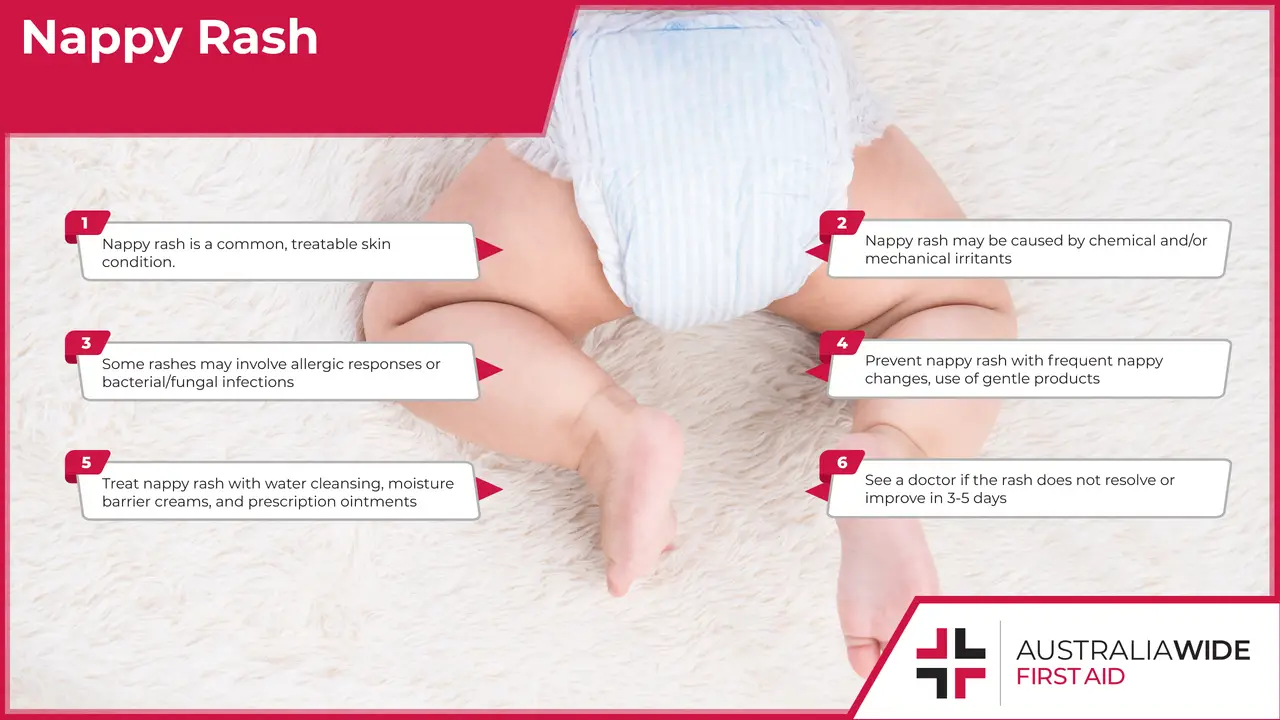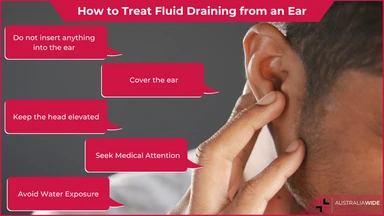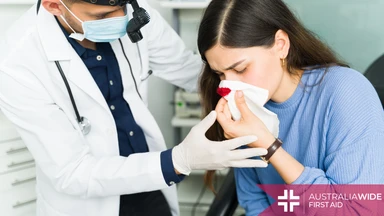Nappy Rash First Aid


Nappy rash occurs when the skin becomes irritated due to prolonged exposure to moisture.
Nappy rash is a form of dermatitis, meaning inflammation of the skin, that occurs because of exposure to moisture along with chemical or mechanical irritants.
Parents and caregivers will come across nappy rash at some point in their parenting and childcare journey. Although it is not life-threatening, nappy rash can be very uncomfortable for the child and can lead to more serious complications, like infection, if left untreated.
In this article, we will discuss ways that you can prevent and treat nappy rash.
Nappy rash is caused by the exposure of skin to moisture in addition to a chemical or mechanical irritant. Chemical irritants cause weakening and breakdown of the sensitive skin of the bottom and perineum. Mechanical irritants cause damage to the skin via friction.
If the skin is exposed to moisture for too long or exposed to the skin for a short period of time in addition to a chemical or mechanical irritant, dermatitis can occur.
Visual symptoms of nappy rash include:
Behavioral signs and symptoms in a child with nappy rash include:
Given that nappy rash can also be attributed to allergies, the following resources may also be of assistance:

October 13, 2023
Choking occurs when an object or a piece of food becomes lodged in the throat, blocking the airway. The adult or child will have difficulty breathing, and may lose consciousness. Quick and effective action is essential to prevent severe consequences and death.

September 22, 2023
Knowing how to provide first aid for fluid draining from an ear is crucial to alleviate discomfort and potentially prevent complications.

July 31, 2023
This article covers treatment/first aid for nose bleeds, and also covers all of the common misconceptions and myths about treating a bleeding nose.